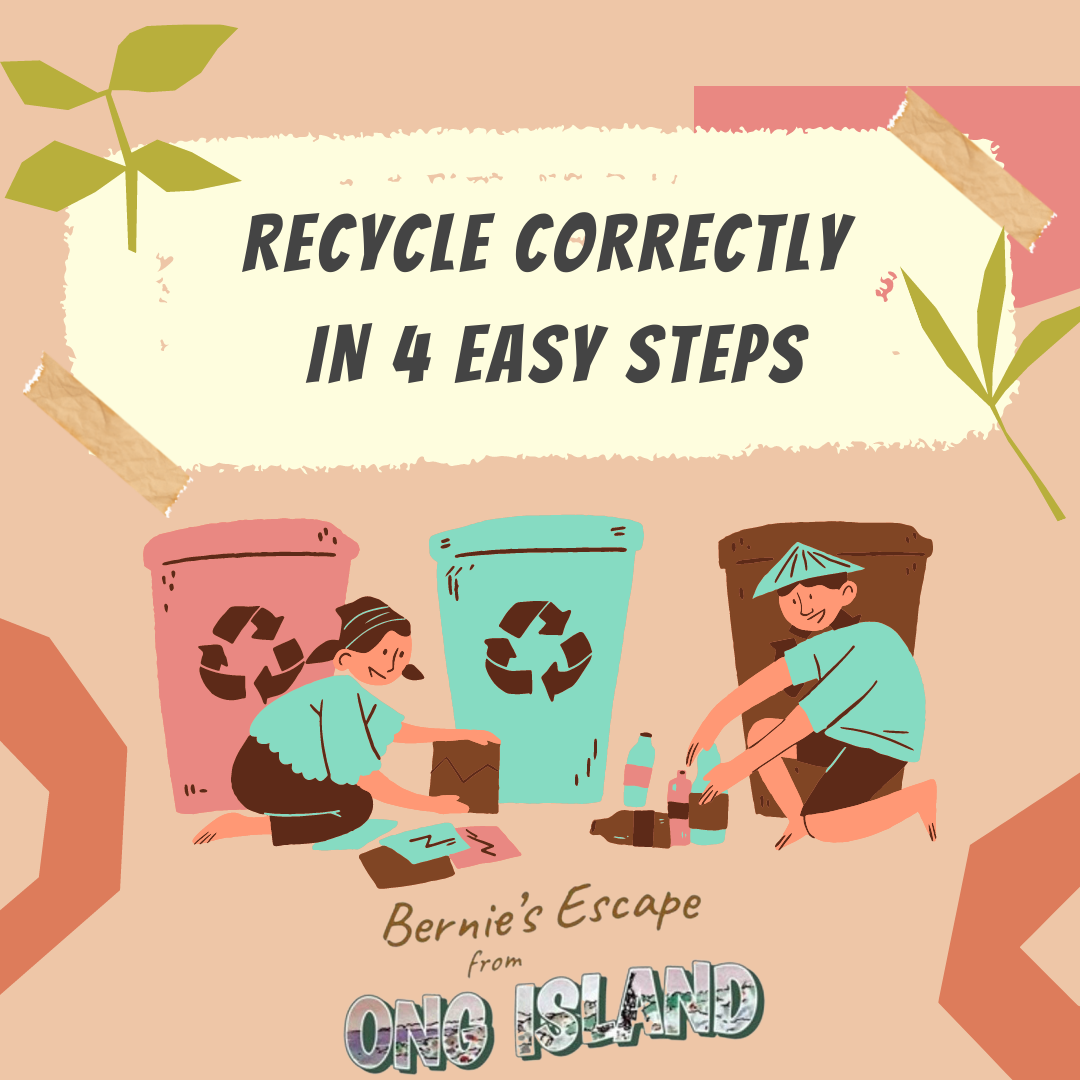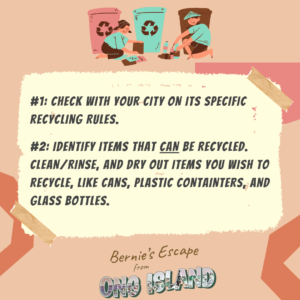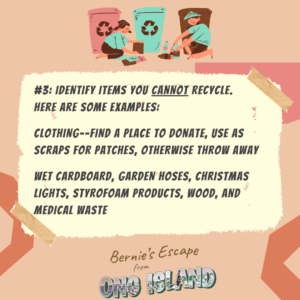
25 Aug Recycle Correctly in 4 Easy Steps
Remember how 90% of our plastic gets trashed instead of recycled? Here are some reminders to help decrease that number, and other ways to recycle more efficiently.
First, check with your city on their specific recycling rules and capabilities. Not all plastic is created equally, and those numbers inside the recycle signs matter.
Something that doesn’t change across city limits: rinse or clean out items you wish to recycle. Soda residue and dried food hinder plastic’s ability to be recycled. Take the time to rinse, clean, and dry the item before recycling it.
Yes, dry the item. Moisture inhibits recycling, especially when it comes to paper or cardboard. Water changes the makeup of products. Cardboard can dry, but it won’t be the same when it is dried, and it won’t be able to be recycled. Don’t put wet items in the recycling bin with your cardboard items.
Each city also has their own rules about what cannot be recycled. These are some of those things:
• Wet Cardboard
• Garden hoses
• Christmas lights
• Styrofoam products
• Wood scraps
• Medical waste (syringes, test strips, etc.)
• Clothing





